Have you ever heard the phrase “workable soil”? Or maybe you’ve seen things like, “Direct sow as soon as the soil is workable?” or “Transplant when soil is workable?” or “Plant in the spring as soon as soil can be worked?”
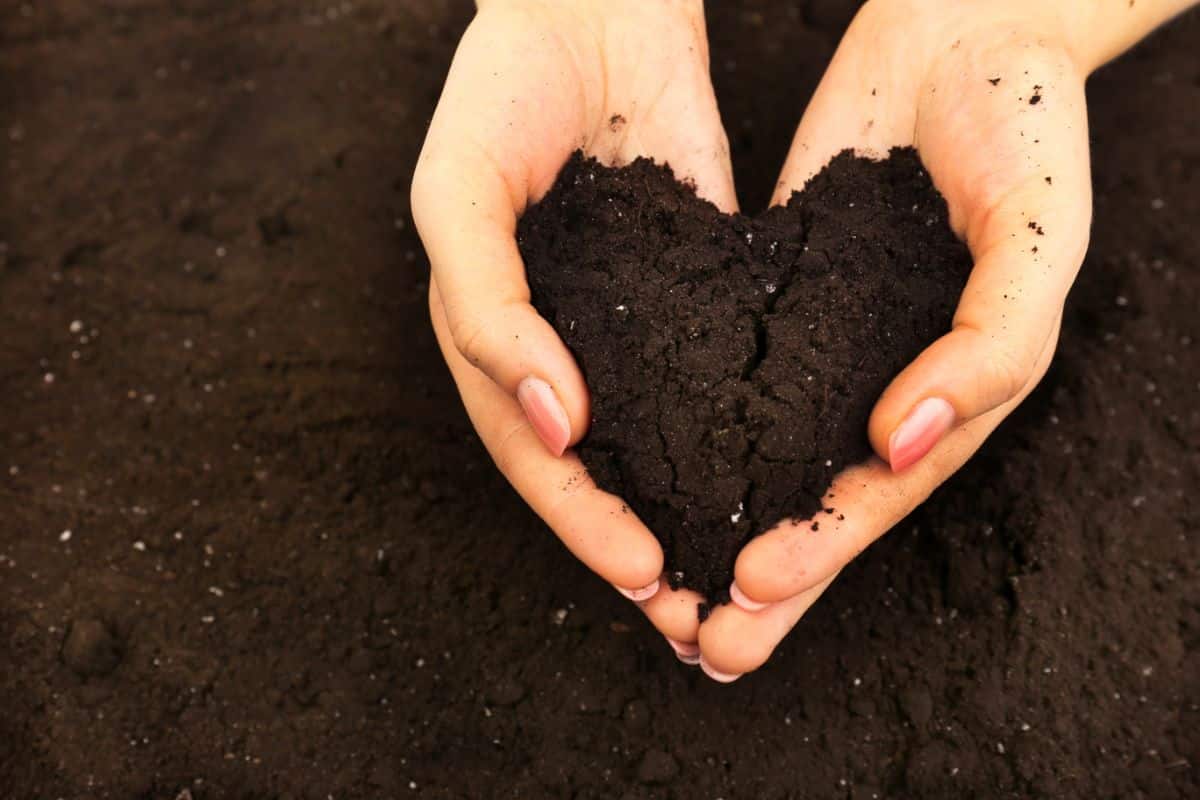
If you are a gardener, odds are you’ve seen instructions like these before. But what does that really mean?
What exactly is “workable soil”?
Jump to:
Workable is more than just thawed.
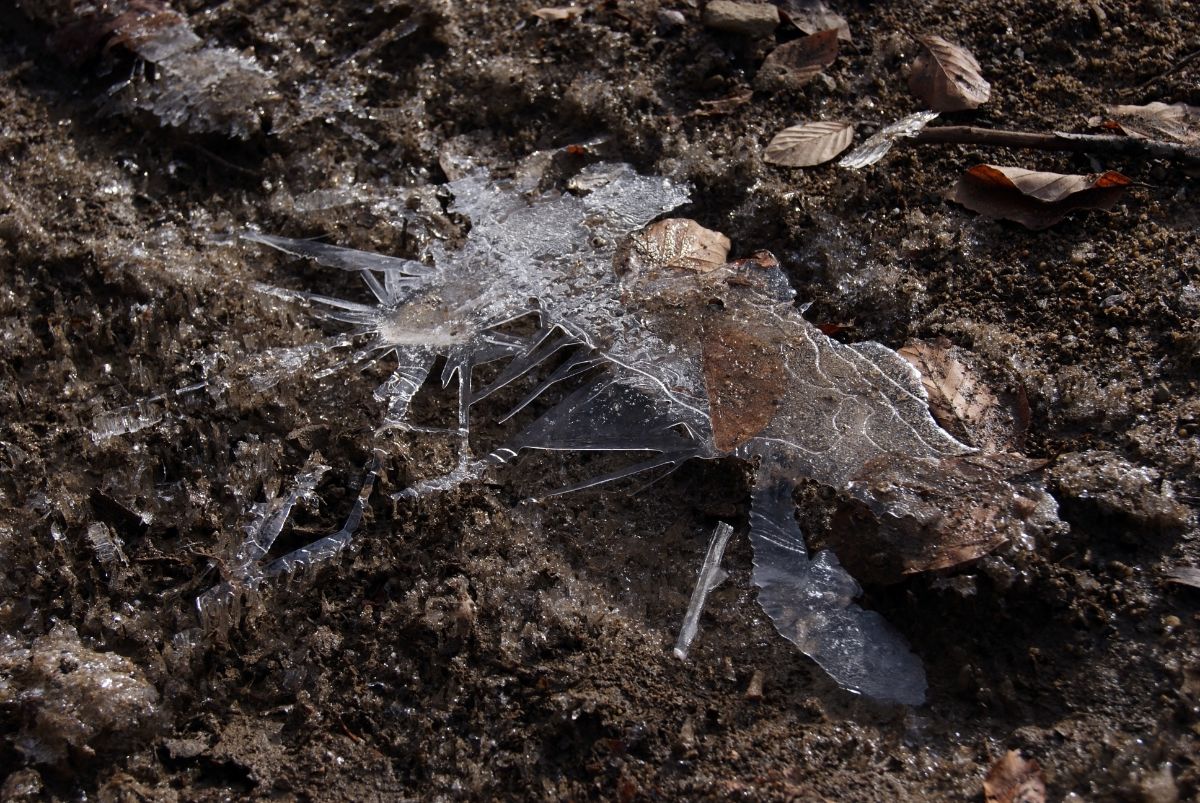
Workable soil does not just mean that soil isn’t frozen. After all, sometimes we have mild winters. Some years it barely snows. Or doesn’t snow at all. Or you might live somewhere where snow is always scarce or even non-existent. Sometimes you might have soil that is not frozen in the middle of January.
But unless you live in the south and in a very warm climate, that does not mean you should start sticking plants in the ground. Because “workable” soil or soil that “can be worked” is not just soil without ice and snow.
Workable is also a matter of texture and arability.
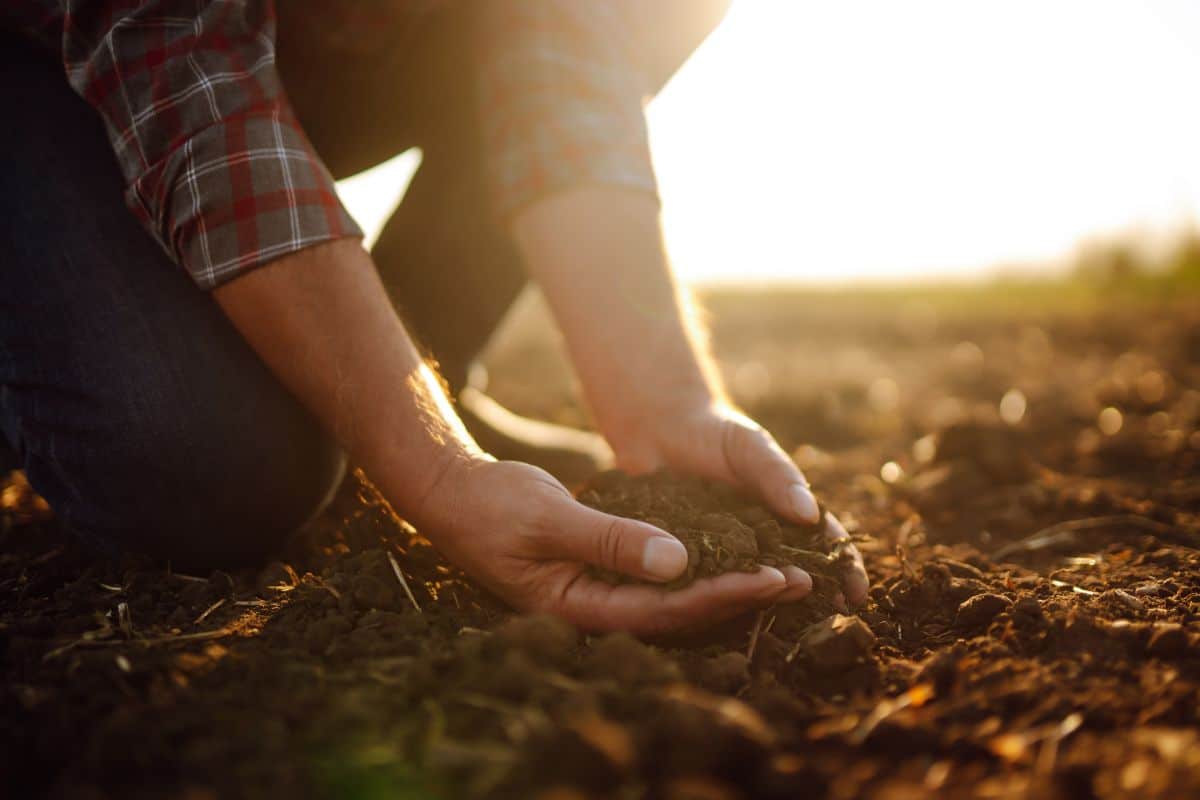
Workable means that soil has lift and aeration. It does not compact when walked on, worked in, tilled, or dug into. If you toss a shovel of workable soil, it should spread and break apart. It should not just land with a solid thud.
The age-old test to decide if your soil is workable or not is to pick up a handful of soil. Squeeze it in your hand, sort of like making a one-handed snowball. Then open your hand. The outside of your “ball” should fall apart. The soil should crumble, almost like crumb cake. Toss that ball up in the air a few inches. When it lands in your hand, the ball should crack and crumble apart.
Workable soil is not too wet.

This is the big one, especially in the early spring. Because as we said, soil can be thawed and unfrozen and able for you to dig in even in the middle of winter. But it’s still not workable, then.
Mud is not workable soil. Workable soil is not saturated with water. When you pick up that handful of soil, water should not be running down your hand. When you squeeze that ball, you should not be able to squeeze running water out of it. The soil should be moist, but it should not be wet.
If you drag a line with a trowel in workable soil, it will make a trench, and the sides will be light enough to pile and move away. If the soil can’t move out of its own way, if it just wants to be shoveled as opposed to moved or hoed, it’s not ready.
Temperature can help tell you when to plant certain plants, fruits, and vegetables.
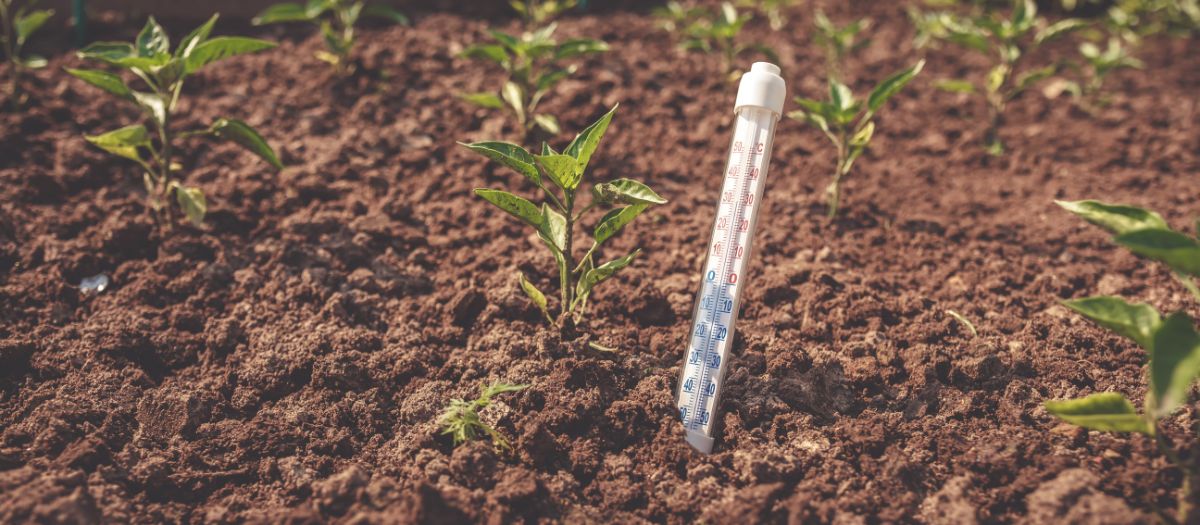
Since the seasons can often be deceiving (you know—that stretch of freak lovely spring-like days in February or March that you know is just too good to be possibly true because it is), it’s smart to use a second measure to help you decide when to plant your seeds and transplants outside. Soil temperature is a good indicator of soil readiness.
Soil doesn’t warm up as quickly as air temperatures do. It takes a while for the sun and warm weather to penetrate the ground and thaw more than just the top. After thawing, it will take more than a few nice days to really warm the ground deep down. The very lowest soil temperature that you should plant in is 50 degrees Fahrenheit (F) (10 C). Crops that like warmer conditions should not be planted until the soil temperature is 60 or above (16 C).
Why “workable” matters for your planting soil.
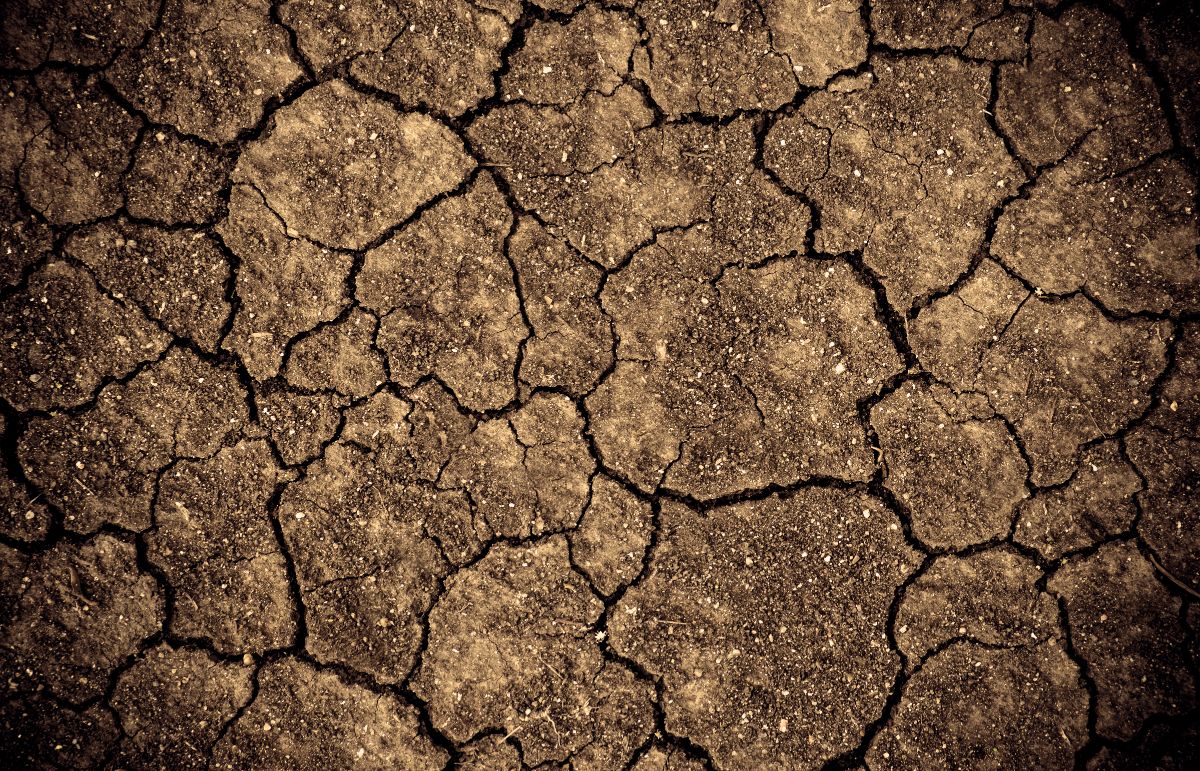
If you feel like you’re willing to risk putting some seeds or even some transplants in the ground early, but your soil isn’t workable yet, don’t.
When you work the soil before it’s ready, you do more than just risk rotting some spare seeds. You ruin the tilth of the soil. Working soil before it’s ready makes it hard and compacted, and it can take a very long time, and maybe even some serious amendment, to bring your soil back after that sort of compaction. To be sure, haste in the garden rarely pays off and usually makes more work.
The bottom-line criteria for what makes soil “workable.”

To sum it up, this is what the criteria for soil that can be worked, or workable soil, should be:
- Texture and compaction: Soil should be medium-light and crumble into chunks and pieces that can be broken with light pressure from the thumb.
- Wetness: Soil should not be soaked and saturated. It should not be muddy, and it should not have water running out of it.
- Warmth: Soil should be warmed to the temperature that is recommended for the seeds or plants you are planting. For most plants, this is at least 50 degrees.

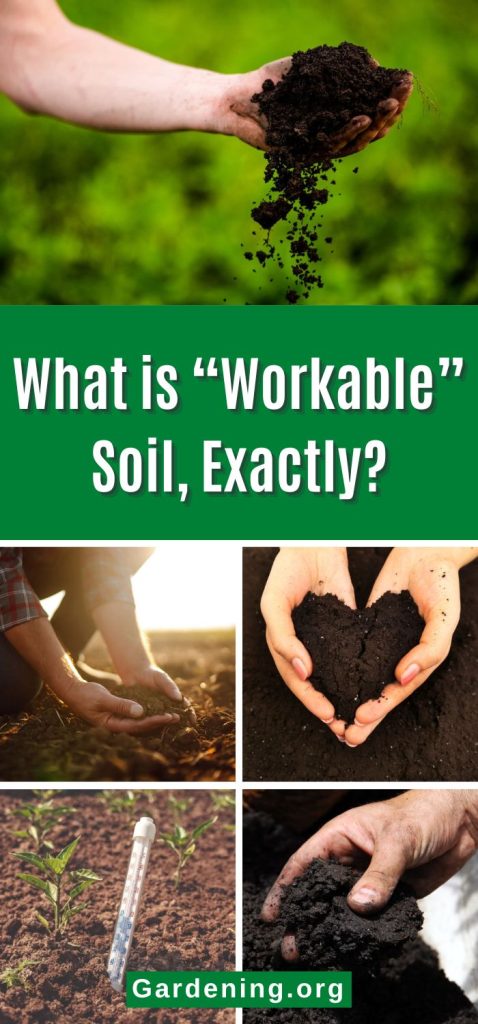

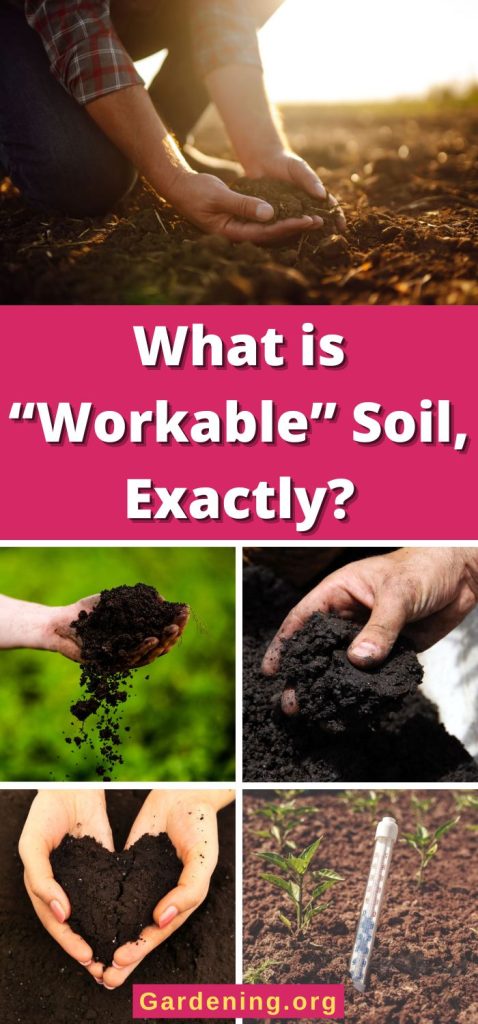
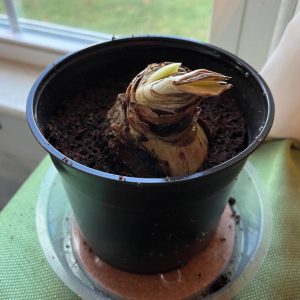



ann winston
Please remove me from your list
Mary Ward
You should be able to easily unsubscribe from your email client. Thank You for being a subscriber.